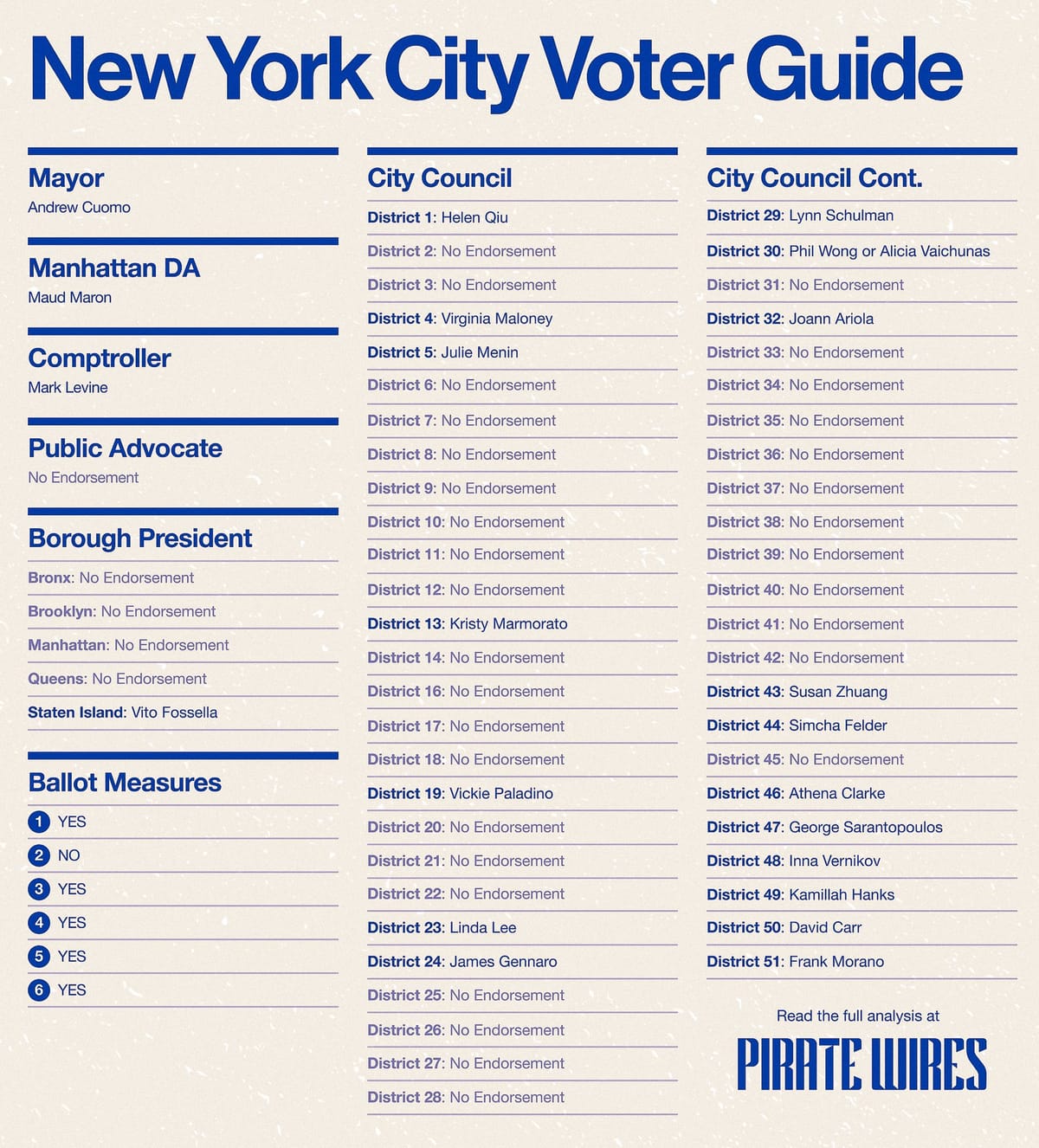The NBA's Corruption Problem: When Professional Sports Met Organized Crime
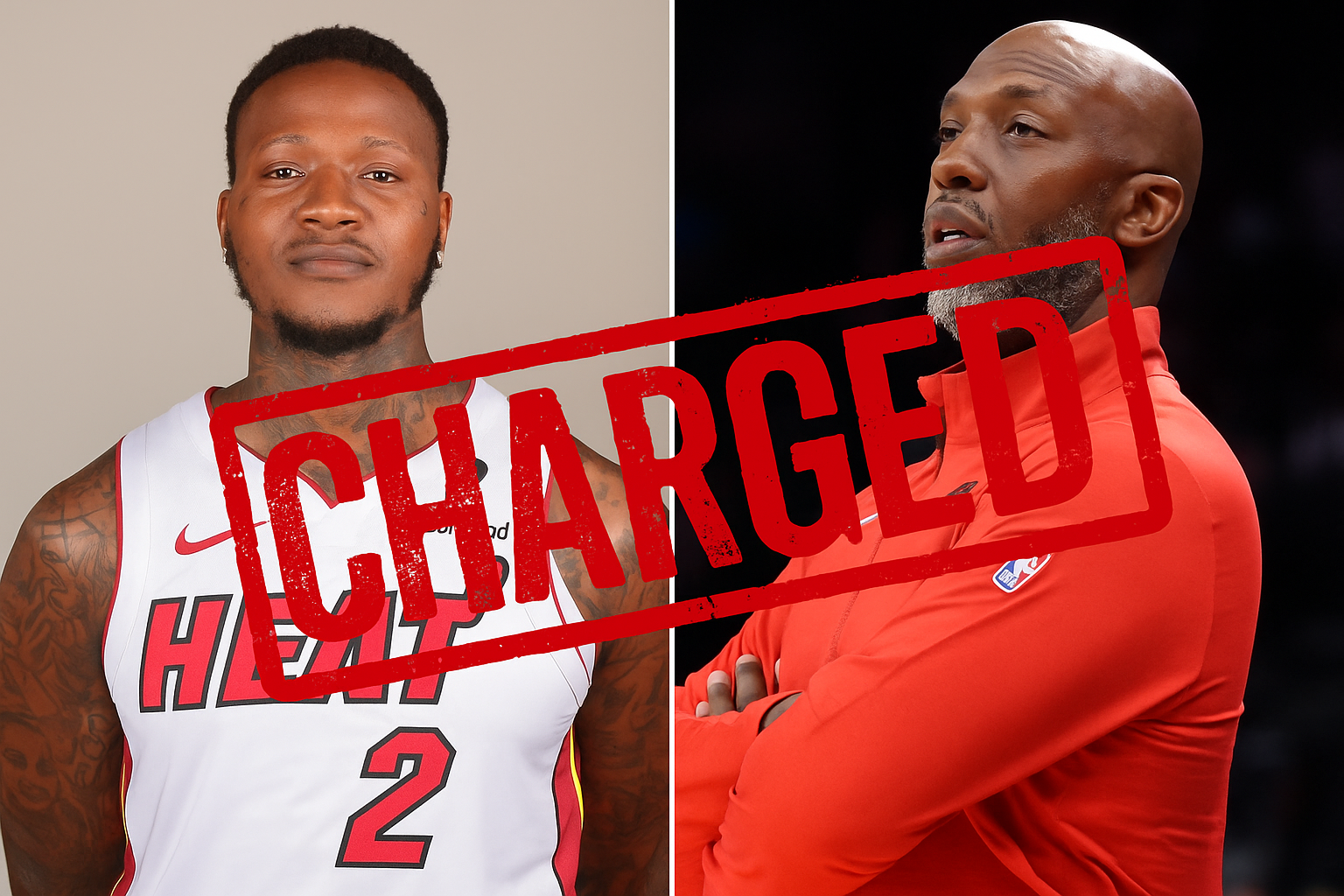
How a years-long investigation exposed the fragility of league integrity in the age of legalized sports betting
On October 23, FBI Director Kash Patel stood before reporters in Brooklyn and announced what federal prosecutors are calling one of the most significant sports corruption cases since online gambling became legal in the United States. The takedown involved 34 arrests across eleven states. It exposed a criminal enterprise that funneled tens of millions of dollars to organized crime families. And it revealed how professional athletes had become willing participants in schemes to rig games and defraud sportsbooks.
Among those arrested: Chauncey Billups, the Hall of Fame coach of the Portland Trail Blazers. Terry Rozier, a ten-year NBA veteran playing for the Miami Heat. And Damon Jones, a former NBA player who spent years as an assistant coach and now found himself at the center of a federal investigation into what amounted to insider trading for basketball games.
What emerged from the indictments was not a rogue conspiracy by a handful of corrupt athletes. Rather, it was evidence of institutional failure at multiple levels of professional sports: inadequate oversight of unofficial coaching staff, insufficient protocols for protecting non-public medical information, and an ecosystem of legalized betting that created financial incentives for corruption that proved irresistible to some.
"The fraud is mind-boggling," Patel told reporters. "We're talking about tens of millions of dollars in fraud and theft and robbery across a multi-year investigation."
🚨BREAKING: Kash Patel names multiple high-profile NBA arrests in an alleged illegal gambling ring that spanned years.
— Fox News (@FoxNews) October 23, 2025
More than 30 people were arrested in the case — including current and former NBA stars and suspected members of the American branch of the Sicilian Mafia, La… pic.twitter.com/EXuu2VxylP
Two Operations, One Network
Federal prosecutors outlined two separate but overlapping criminal schemes, each targeting a different revenue stream of corruption.
The first operation, dubbed "Operation Nothing But Bet," focused on insider sports betting. Current and former NBA players and coaches allegedly provided non-public information about player injuries, medical status, and in-game decisions to organized crime associates who then placed bets with sportsbooks. The information was not public when it was sold. In some cases, players allegedly altered their performance or removed themselves from games early to influence betting outcomes on what the industry calls "prop bets"—wagers on whether individual players would exceed certain statistical thresholds.
The second operation, "Operation Royal Flush," involved a nationwide scheme to rig underground poker games using high-tech cheating equipment. These games, held in luxury Manhattan townhouses, the Hamptons, Las Vegas, and Miami, were marketed to wealthy victims with a specific enticement: the promise of playing against professional athletes. Those athletes, prosecutors allege, were deliberately placed at these tables as "face cards"—high-profile lures designed to attract what the indictment calls "fish," unsuspecting gamblers who believed they had a genuine chance at winning.
They did not.
According to the Department of Justice, these games caused losses to victims of at least $7 million. The equipment used included rigged shuffling machines capable of reading card sequences, special contact lenses that could read marked cards, X-ray technology designed to reveal cards face-down on the table, and chip tray analyzers. In one instance, prosecutors say, the orchestrators realized mid-game in Las Vegas in April 2019 that Billups was winning too many improbable hands. The solution was direct: remove him from the game before the pattern became obvious to observers.
The proceeds from both schemes flowed directly to members and associates of four of New York's five major organized crime families: the Bonanno, Gambino, Genovese, and Lucchese organizations. The crime families provided security for the poker operations. They collected a percentage of the winnings. And when victims refused to pay their debts, they employed the traditional tools of organized crime enforcement: threats, extortion, and violence.
The Professional Athlete as Criminal Asset
What distinguishes this investigation from past sports gambling scandals is the degree to which active and recently-active professional athletes had become integrated into criminal enterprises. They were not peripheral figures or bit players. They were central to the schemes' operation.
According to court documents, Terry Rozier allegedly exploited his status with the Charlotte Hornets to tip off gamblers about when he planned to remove himself from games. In one instance on March 23, 2023, Rozier allegedly informed co-conspirators that he would take himself out of a game early with a supposed injury. The arrangement allowed bettors with advance knowledge to place prop bets on Rozier's statistics before the public understood he would not play the full game.
NYPD Commissioner Jessica Tisch described the operation matter-of-factly: "His career is already benched, not for injury but for integrity."
For Chauncey Billups, the scheme operated differently. Billups was not actively providing information about games. Rather, he was being used as a "face card" in rigged poker games. His celebrity and Hall of Fame status lured wealthy victims to high-stakes card tables where, unbeknownst to them, every other player at the table was in on the scheme. Billups' presence legitimized the games. It made them feel exclusive and genuine. And it served as cover for the fact that the entire enterprise was designed to separate unsuspecting victims from their money.
What prosecutors do not explain in their public statements is why Billups, a prominent coach with a multimillion-dollar contract and Hall of Fame credentials, would participate in such schemes. A lawyer representing Billups disputed the charges and said his client "will fight these allegations with the same tenacity that marked his 28-year career." But the fact that someone of Billups' stature would allegedly allow himself to be used as bait for criminal gambling operations raises uncomfortable questions about either the coercion involved or the financial desperation driving his alleged participation.
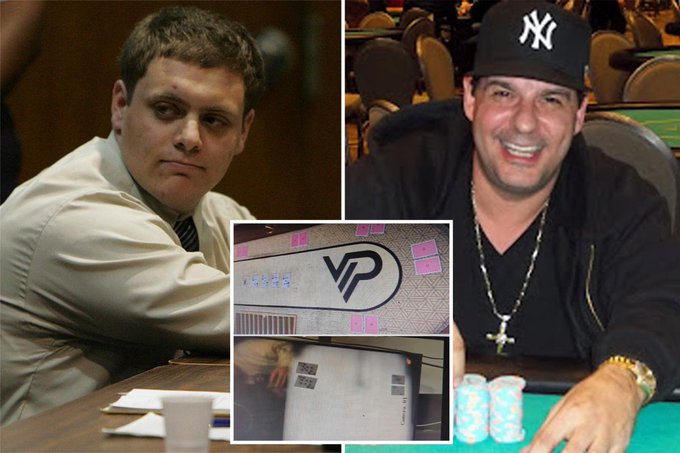
Inside Information as a Commodity
Perhaps the most revealing aspect of the investigation involves Damon Jones and how he monetized his access to the Los Angeles Lakers.
Jones is a former NBA player who played alongside LeBron James on the Cleveland Cavaliers from 2005 to 2008. Years later, Jones began working as an unofficial assistant coach for the Lakers during the 2022-23 season under head coach Darvin Ham. He was not on the team's payroll. He was not formally employed by the organization. But he had access that mattered: the locker room, team planes, team hotels, and most significantly, pre-game medical information about players' injury status before that information became public.
On February 9, 2023, according to the indictment, James set the NBA's all-time scoring record. Two days later, the Lakers were scheduled to play the Milwaukee Bucks. That morning, before the Lakers had issued any official injury report, Jones allegedly texted a co-conspirator: "Get a big bet on Milwaukee tonight before the information is out. [Player 3] is out tonight. Bet enough so Djones can eat to now!!!"
Player 3, according to federal investigators and sources close to the situation, was LeBron James. James was indeed ruled out of the game due to ankle soreness. The information Jones provided was not public when he transmitted it. His co-conspirators used it to place bets against the Lakers. The team lost.
Less than a year later, ahead of a Lakers game against Oklahoma City on January 15, 2024, Jones allegedly informed co-conspirators that Anthony Davis was injured and would play limited minutes. His co-conspirators paid him $2,500 for the information and placed a $100,000 bet against the Lakers. Davis played 38 minutes and helped the Lakers win 112-105. When the bettors later asked Jones to repay the $2,500, Jones argued that his information had been accurate—that Davis was indeed injured, even though the injury did not manifest in limited playing time or diminished performance.
According to sources, James was unaware that Jones had sold information about his injury status. Davis likewise was not informed of the arrangement. The crime lay in Jones monetizing non-public medical information obtained through his proximity to the team. The fact that the information sometimes proved unreliable does not change the fundamental breach: inside information became a tradeable commodity.
What institutional mechanisms were supposed to prevent this? The Lakers operated one of the most sophisticated professional sports franchises in the world. The team had security protocols. It had team doctors and medical staff. It had human resources departments and compliance officers. Yet an unofficial assistant coach with no formal employment contract and no background clearance could access pre-game medical information and transmit it to gamblers without the team's knowledge.
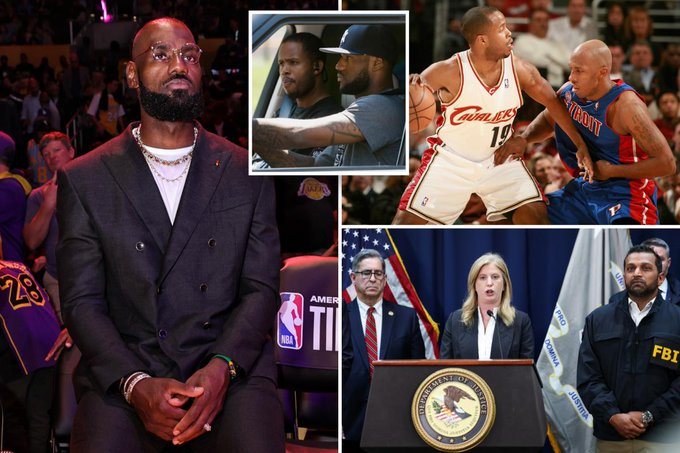
The Structural Vulnerability
The James case illuminates a structural vulnerability in professional sports that the rapid legalization of online gambling has made acute.
For decades, professional sports maintained relative integrity despite the constant temptation of corruption because gambling was illegal in most places. Illegal gambling operations could not use official sportsbooks to place bets. Money laundering was difficult. Law enforcement attention was focused elsewhere. The incentive structure for corruption existed, but the infrastructure to profit from it at scale was limited.
Beginning around 2018, states began legalizing sports gambling. Professional leagues, sensing financial opportunity, began cultivating relationships with sportsbooks and betting companies. The NBA created official betting partnerships. Broadcast networks integrated betting advertising into their programming. Players began appearing in betting commercials. The leagues transformed gambling from a vice to be discouraged into a legitimate revenue stream to be embraced.
But the infrastructure for preventing corruption did not keep pace with the infrastructure for facilitating betting.
When online betting became legal and widely available, the financial incentive for inside information skyrocketed. A player or coach with pre-game knowledge of an injury could now transmit that information to professional gamblers who could immediately place a bet with a regulated sportsbook and potentially collect hundreds of thousands of dollars. The arrangement was less risky than street-level gambling. The sportsbooks were legitimate businesses. The money moved through banking systems. Everything appeared institutional and above-board.
What the investigation exposes is that legalized betting created a new market for inside information precisely at the moment when professional sports organizations were expanding access to non-public information through the use of unofficial coaching staff, consultants, trainers, and hangers-on who maintained no formal employment relationship with the teams and therefore were subject to less oversight.
The yoga instructor, the sports psychologist, the unofficial coach working for free during workouts—these figures became potential vectors for corruption because they had access to sensitive information without the contractual obligations or formal clearances that might have created at least the illusion of accountability.
How Long Was This Operating?
Court documents indicate that the schemes operated for years without detection. The poker scheme began as early as 2019. The betting scheme involving Rozier and Jones operated into 2024. The FBI's investigation itself appears to have been ongoing for an extended period before arrests were announced in October 2025.
Why did detection take so long? Part of the answer may lie in the sportsbooks themselves. According to prosecutors, sportsbooks flagged suspicious betting activity on games involving Rozier and other defendants. But flagging suspicious activity is not the same as reporting it to law enforcement. U.S. Attorney Joseph Nocella stated that the sportsbooks were themselves "victims" in the scheme, as if their inability to detect fraud somehow absolved them of responsibility for the money laundering flowing through their platforms.
In reality, licensed sportsbooks operate under regulatory oversight. They are required to maintain anti-money-laundering compliance programs. They are required to report suspicious activity. When they detect unusual betting patterns tied to specific players, they have both a legal and moral obligation to escalate those findings to appropriate authorities rather than simply closing accounts or restricting bets.
ESPN reported that some of the betting accounts that bet on Rozier prop bets also bet on college basketball games, suggesting an organized network rather than isolated incidents. If sportsbooks detected this pattern, they should have reported it immediately. The fact that the investigation took years to reach prosecution suggests either that sportsbooks were negligent in their reporting obligations or that law enforcement was slow to prioritize sports gambling corruption as a threat to institutional integrity.
The Mafia Connection and Institutional Control
The involvement of organized crime families is significant not because it represents some shocking revelation—professional sports have long been vulnerable to mob interest—but because it demonstrates how organized crime used the structure of legalized gambling to create what federal investigators call a "financial pipeline."
The poker schemes generated substantial cash that then needed to be laundered. The betting schemes generated digital transfers through sportsbooks that created paper trails. Organized crime families used the gambling operations both as a revenue source and as a mechanism for moving money through legitimate financial institutions.
According to prosecutors, the defendants laundered proceeds "through cash exchanges, multiple shell companies and cryptocurrency transfers." The mob was evolving with the times. They were not simply running illegal poker games out of back rooms. They were integrating with legalized betting infrastructure, using professional athletes as operational assets, and leveraging the appearance of institutional legitimacy to hide criminal activity.
When victims of the rigged poker games refused to pay their debts, mob enforcers used threats and violence. The schemes thus created a criminal enterprise with multiple revenue streams: direct fraud from rigged games, betting commissions, money laundering fees, and debt collection through extortion.
What this structure reveals is that the rapid legalization of sports gambling without corresponding strengthening of institutional controls created an opportunity for organized crime to establish what amounts to a parallel financial system layered on top of legitimate betting infrastructure.
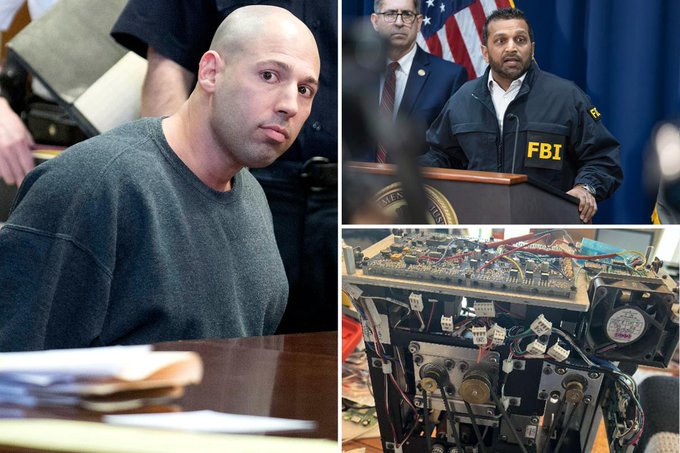
What Happens Now
The arrests announced on October 23 represent a moment of institutional reckoning, though not necessarily a turning point. Federal prosecutors will prosecute the cases. Teams will suspend or terminate the players and coaches involved. The NBA will conduct an internal investigation and likely implement new protocols around unofficial coaching staff and access to medical information.
But these responses address the symptoms rather than the disease.
The disease is that professional sports organizations embraced legalized gambling as a revenue opportunity without adequately strengthening the institutional guardrails necessary to prevent corruption. The NBA created betting partnerships, integrated gambling into broadcast content, and cultivated fan engagement through betting platforms. But it did not simultaneously create meaningful protocols for protecting non-public information or monitoring the relationships between players, coaches, and outside parties with access to sensitive information.
The second issue is that criminal organizations identified the opportunity created by this structural vulnerability and moved quickly to exploit it. They integrated into betting networks, recruited players and coaches as operational assets, and created financial incentives for corruption that some individuals found irresistible.
FBI Director Patel positioned the investigation as a success. "If you break the law, we're coming for you," he announced at the press conference. But the fact that such an extensive scheme could operate for years suggests that law enforcement was not, in fact, coming for them until an investigation of substantial duration bore fruit.
What remains unclear is whether the investigation represents an anomaly or a symptom. How many other schemes remain undetected? How many players, coaches, and other league officials are currently providing inside information to gambling networks? How much of the betting volume on professional sports games is influenced by advance information held by people inside the leagues?
These questions will not be answered by prosecuting the individuals already arrested. They will only be answered if the NBA and other professional leagues take institutional corruption as seriously as they take revenue generation.
For now, the league has suspended Billups and Rozier. It has issued statements about the importance of integrity. It has promised to "cooperate with relevant authorities." But until the NBA makes material changes to how it protects non-public information and how it monitors relationships between league insiders and outside parties, the institutional vulnerabilities that enabled these schemes will remain.
And where vulnerability exists, corruption will follow.
